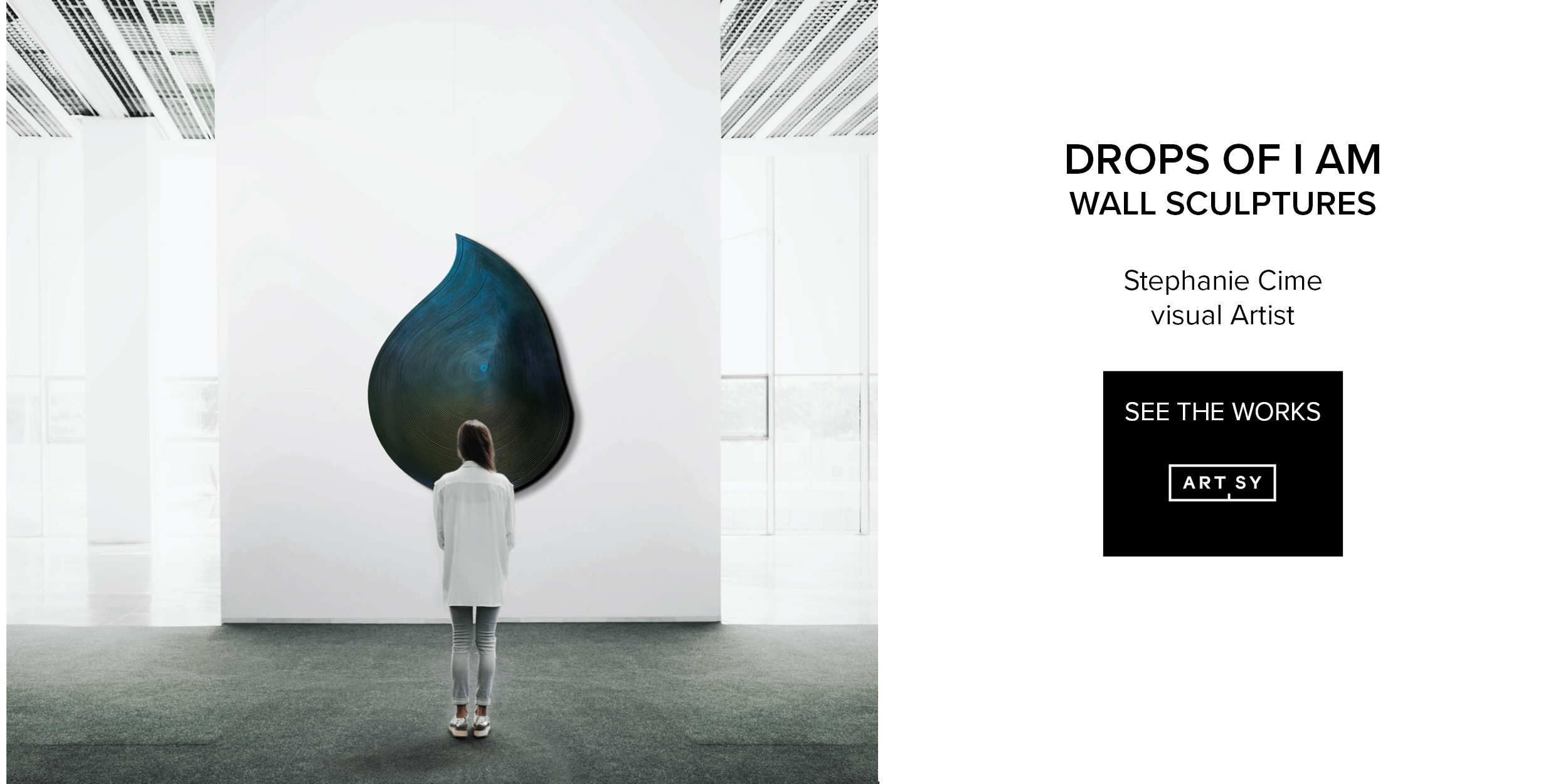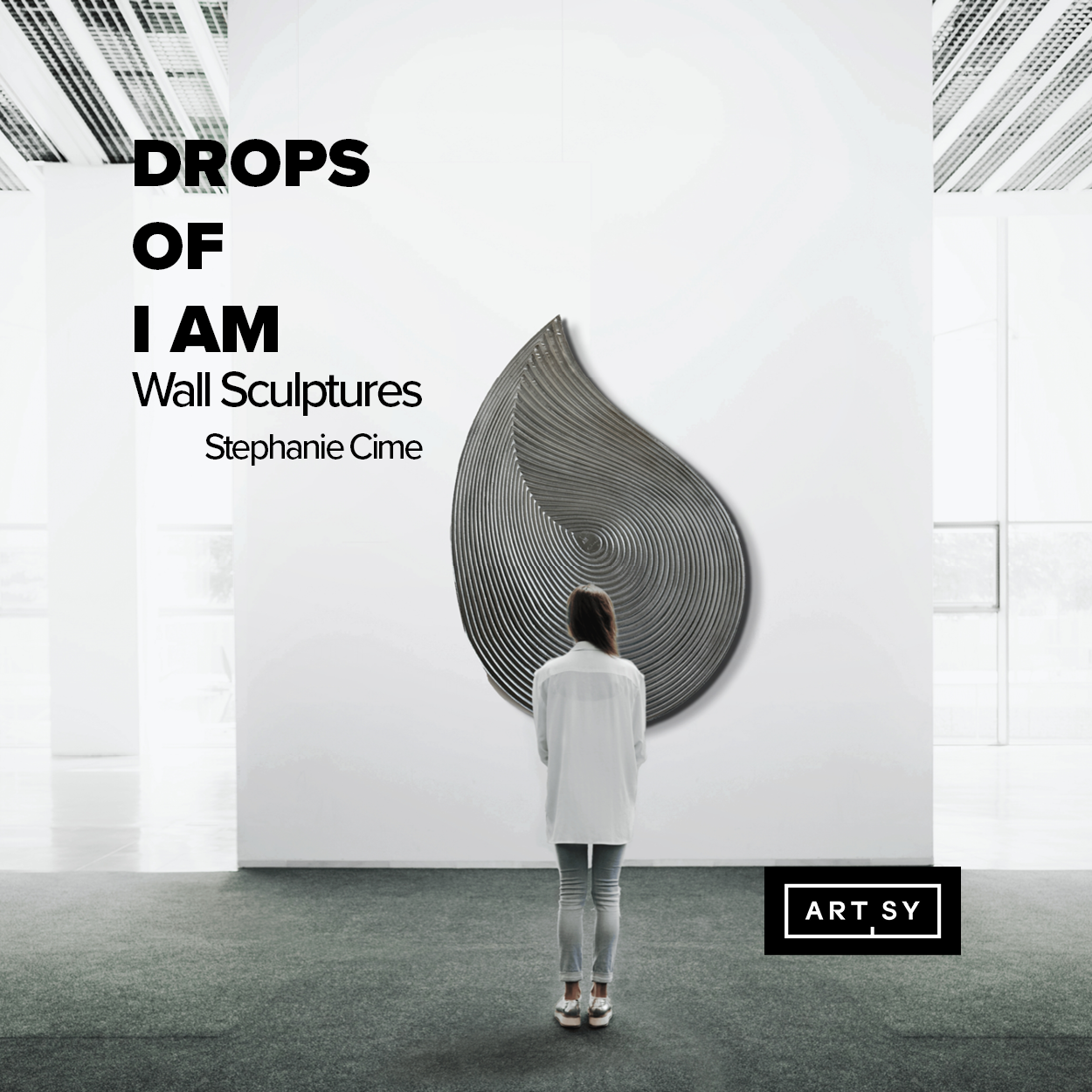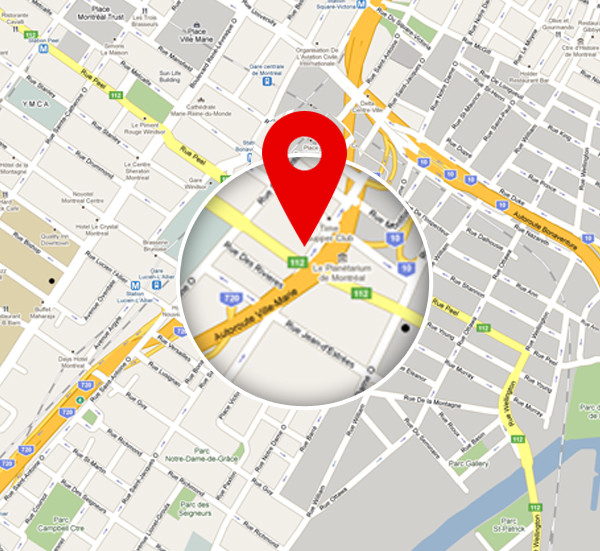In 1968, the 30-year-old painter David Hockney began a series of seven monumental canvases, each 7 ft by 10 ft. These paintings would consume him for the next seven years and come to define his career.

David Hockney (b. 1937), Henry Geldzahler and Christopher Scott, 1969. Acrylic on canvas. 84 x 120 in (213.4 x 304.8 cm). Estimate on request. Offered in Post-War and Contemporary Art Evening Sale on 6 March 2019 at Christie’s in London. Artwork © David Hockney
The series, which begins with a painting of the American collectors Fred and Marcia Weisman, now in the Art Institute of Chicago, has come to be known as Hockney’s ‘Double Portraits’. Each depicting a pair of sitters (mostly absent from one another’s attention), they are set in domestic locations and painted in the bold, Pop Art palette that Hockney adopted after his arrival in California in the early Sixties.
Inspired by this newfound discourse, Hockney was already planning a third double portrait by October, depicting his friend, the influential curator Henry Geldzahler, and his partner, the painter Christopher Scott.
Hockney had met Geldzahler in New York at Andy Warhol's 'Factory’ in 1963, 12 months after graduating from the Royal College of Art. Geldzahler at the time was a young and successful curator at the Metropolitan Museum of Art, and a figure at the centre of New York’s contemporary art scene. Warhol once remarked that Geldzahler ‘gave me all of my ideas’, and made a 90-minute film of him smoking a cigar. The curator was also portrayed by Frank Stella, Larry Rivers, Alice Neel, George Segal, Marisol and Claes Oldenburg.
‘Henry and I got on along instantly,’ Hockney would later recall of the Pop Art evangelist. ‘We shared a love of music, opera in particular... and there was painting of course, and we became friends very quickly.’ The pair also bonded over their shared birthday — 9 July — and a love of Cuban cigars, as Hockney would explain in 2016. Over the course of their long friendship they visited England, Italy, Spain and France together.
The two remained close throughout Geldzahler’s 18-year tenure at The Met and his stint as New York’s Commissioner of Cultural Affairs. Geldzahler died of cancer in 1994 at the age of 59.
Back in December of 1968, Hockney arrived at Geldzahler’s New York apartment on 7th Avenue armed with his trusted Polaroid camera and sketchpad. At the time Geldzahler was working on the landmark show New York Painting and Sculpture: 1940-1070, which would lead to him being described in New York magazine as ‘the most powerful and controversial art curator alive’.
Hockney started snapping pictures and making drawings of the couple and their apartment. Geldzahler recalled that, after working tirelessly for four days, Hockney fell apart with the flu.

Henry Geldzahler and Christopher Scott, David Hockney, Dimensions: 11 x 14 in. Sold for £30,000 on 29 June 2011 at Christie’s in London. Artwork: © David Hockney
By the end of the month Hockney had returned to his London studio on Powis Terrace in Notting Hill, where he ‘started the picture straight away’, sketching the image’s elements out on to the huge canvas which he propped against an interior wall.
He began by drawing the outline of the Art Deco pink sofa from Geldzahler’s apartment, which the curator had originally purchased for The Met. Behind this he taped out a square window frame next to which he stuck a Polaroid of New York’s skyline, taken from the window of Scott’s study.
Over the following days, surrounded by cigarettes and coffee, unfinished canvases and a copy of G.P. Telemann’s Overture in D Major, Hockney filled in skyscrapers, then the faces and torsos of Geldzahler and Scott.
Geldzahler later noted that Scott appeared to be ‘swimming in that raincoat’. Hockney on the other hand likened the depiction of Scott to an angel, which led the American curator Kynaston McShine to compare the picture to Italian quattrocento Annunciation triptychs, in which one figure may have a sense of permanence, while another feels transitory.
By the beginning of February 1969 Hockney had taped 25 radiating lines from a point two inches above Geldzahler’s head in the very middle of the canvas to the bottom of the stretcher. The effect, based on Renaissance principles pioneered by Piero della Francesca, established a precise one-point linear perspective that foreshortened the objects nearest to the viewer with great precision. ‘It looked like an incredible radiant glow from a halo around Henry’s head,’ Hockney said.
Using these guide lines he planted the figures firmly in the scene by painting their shoes, and repainted the carpet from red to brown, then four shades of blue, before settling on wooden parquet.
After the tape was removed he added a glass table and a vase of larger-than-life tulips to the image’s foreground, before finally painting the reflected vacant space between sitter and onlooker into Geldzahler’s spectacles — a nod to the painted mirrors of the Dutch Golden Age artist Jan van Eyck.

Hockney at work in his London studio, applying the finishing touches to Henry Geldzahler and Christopher Scott. Photo: Basil Langton / Science Source. Artwork: © David Hockney
The finished work was promptly shipped to New York before being unveiled at André Emmerich Gallery, whereupon New York Magazine heralded it as ‘truly amazing’ and ‘totally hypnotising’. The plain-spoken Geldzahler would himself go on to say that the work was Hockney’s watershed moment, a point when the artist decided to become ‘the best artist he could be’.
The painting was bought from the show by Harry N. Abrams, a New York art-book publisher who returned the picture to London so that it could be included in Pop Art Redefined, one of the earliest shows at the newly established Hayward Gallery. It then remained with Abrams’ family until 1992, and was loaned for other shows including David Hockney: Tableaux et Dessins at the Louvre in 1974, and David Hockney: A Retrospective at the Los Angeles County Museum of Art in 1988-89.
Courtesy to Chistie's








